Our sense of smell creates our most powerful memories, instantly transporting us across time and space with just a single breath. Certain scent combinations—like the warm spice of cinnamon paired with the smoky comfort of burning wood—evoke universal feelings of coziness and nostalgia, regardless of cultural background or personal experience.
Here is a list of 20 places where the signature aromas of cinnamon and firewood create unforgettable sensory experiences.
Vienna’s Christmas Markets
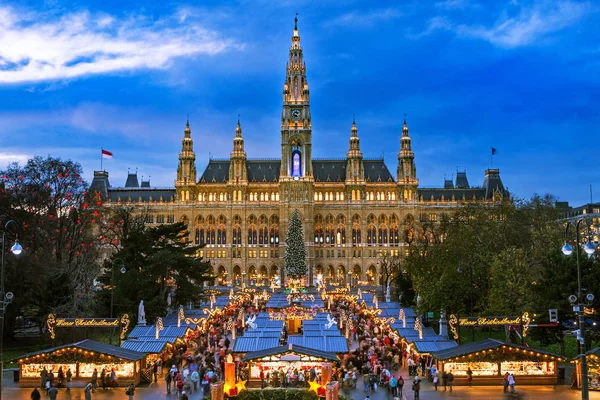
Each winter, the Austrian capital transforms its historic squares into magical markets filled with wooden stalls selling mulled wine infused with cinnamon sticks and star anise. Cast-iron fire pits dot the market perimeters, warming visitors as they browse handcrafted ornaments, sip warm drinks, and enjoy winter treats.
The combination of roasting chestnuts, bubbling pots of spiced wine, and smoldering hardwood creates a signature scent that announces the holiday season has officially arrived in central Europe.
Vermont Sugar Houses

During the late winter maple sugaring season, traditional sugar houses convert sap into syrup through a lengthy boiling process fueled by split hardwood. The steam carries concentrated maple aroma mixed with the scent of well-seasoned firewood, while many producers add a sprinkle of cinnamon to freshly made maple treats offered to visitors.
The sweet-spicy-smoky combination permeates clothing and lingers in the hair of visitors who’ve witnessed the transformation of clear sap into amber syrup beneath clouds of aromatic steam.
Like Travel Pug’s content? Follow us on MSN.
Salem, Massachusetts

This historic New England town embraces its spice-trading past and witchy reputation with numerous candle shops and spice merchants concentrated in its downtown district. Local stores specialize in colonial-era spice blends featuring cinnamon prominently, while restaurants maintain working fireplaces dating to the 17th century.
During autumn evenings, the combination of sea air, burning applewood, and cinnamon-heavy baking creates a distinctive atmosphere that draws visitors seeking both history and seasonal ambiance.
Istanbul’s Spice Bazaar
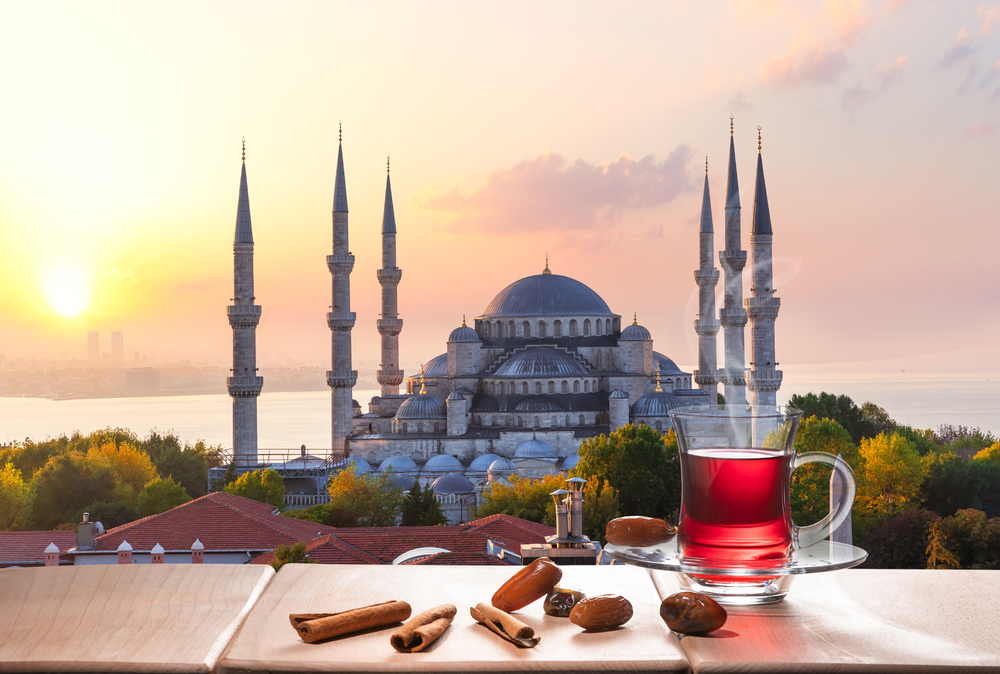
Dating back to the 1660s, this covered market remains one of the world’s premier spice destinations. Hundreds of vendors display towering pyramids of ground cinnamon and cinnamon sticks alongside other aromatics.
The nearby Galata Bridge features rows of fishing boats with small braziers burning oak chips to warm fishermen and cook their fresh catch. The mingling scents create an aromatic cloud that wafts through surrounding neighborhoods, announcing the market’s presence long before it comes into view.
Quebec City’s Petit Champlain Quarter
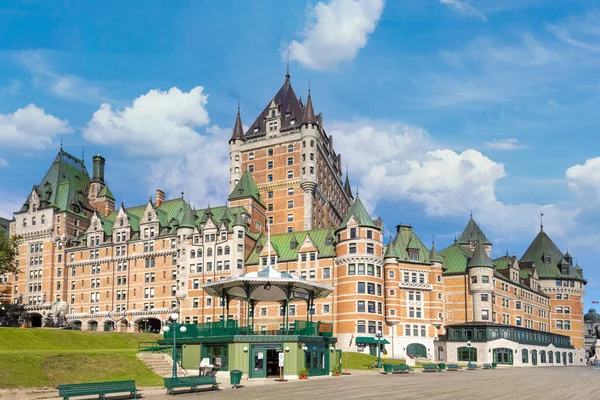
The narrow streets of this French-Canadian district feature countless chimney stacks sending woodsmoke signals into the winter air from behind centuries-old stone walls. Maple-based candies sprinkled with cinnamon cool on marble slabs in shop windows, while sidewalk vendors sell paper cones of cinnamon-sugar pastries called queues de castor (beaver tails).
During the coldest months, the historic funicular connecting upper and lower towns carries the warm, spicy aroma upward as it climbs the cliff between the districts.
Like Travel Pug’s content? Follow us on MSN.
Nuremberg, Germany

The distinctive lebkuchen (gingerbread) produced in this Bavarian city features a higher concentration of cinnamon than versions made elsewhere, creating a spice-forward aroma that permeates the medieval city center during baking season. The city’s famous Christkindlesmarkt features dedicated fire pits burning pine and fruit woods, their smoke mingling with the scent of freshly baked spice cookies.
Local ordinances specifically protect the traditional wood-fired ovens used by multi-generational bakeries, ensuring the continuation of these signature scents.
Sapporo, Japan
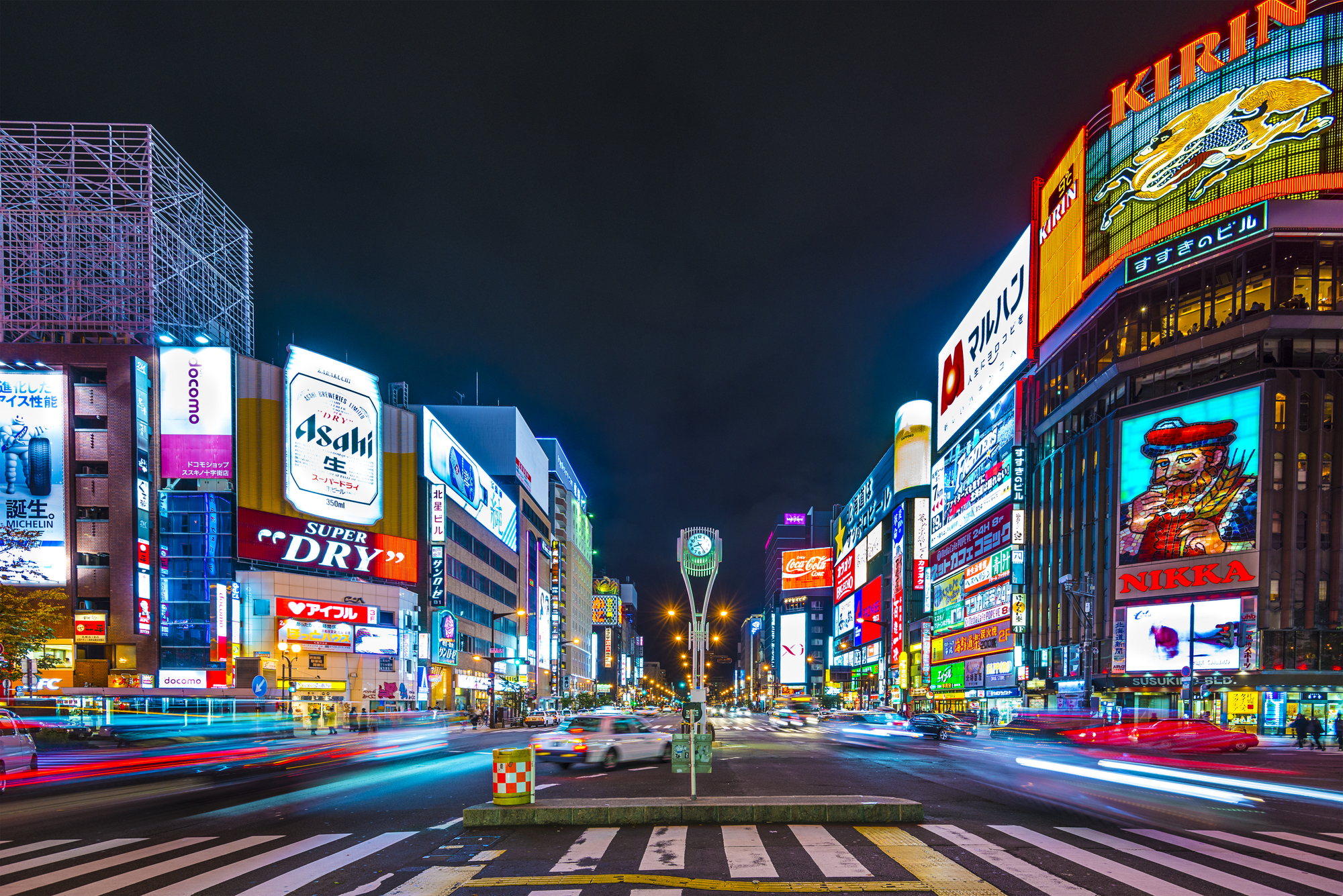
During the snowy winter months, this northern Japanese city embraces hygge-like coziness through its signature comfort foods served near crackling irori (traditional hearths). Local specialty curry shops infuse their dishes with unexpected cinnamon notes, creating a unique fusion of Asian spice traditions.
The city’s famous snow festival features numerous yatai (food stalls) selling cinnamon-laced amazake (a sweet, non-alcoholic rice drink) warming over small charcoal fires, their distinctive aroma cutting through the cold mountain air.
Hainan Island, China
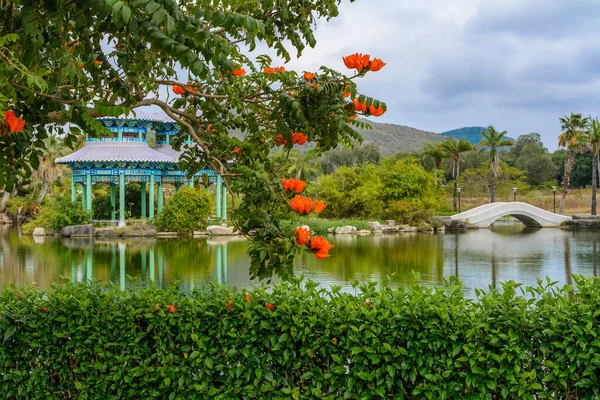
This tropical Chinese province features an unexpected cinnamon forest in its mountainous interior, where wild cinnamon trees have been harvested for centuries. Local villages maintain communal outdoor kitchens where food is prepared over cinnamon wood fires, imparting a subtle spiciness to even the simplest dishes.
The combination of sea breeze, cinnamon-wood smoke, and freshly harvested bark creates a distinctive sensory experience found nowhere else in Asia.
Like Travel Pug’s content? Follow us on MSN.
New York’s Lower East Side Tenement Museum
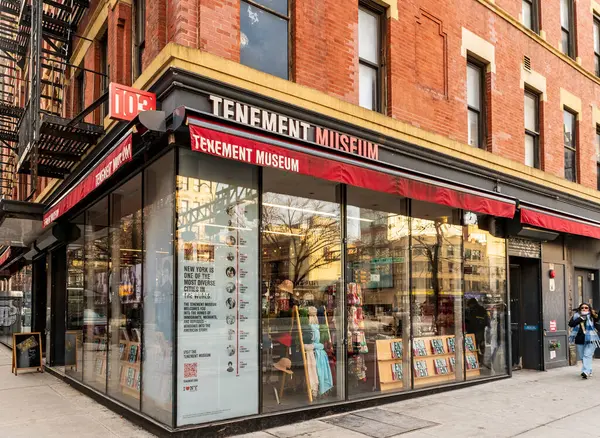
This carefully preserved historic site maintains period-accurate kitchens representing different immigrant experiences across decades of New York history. The museum regularly demonstrates traditional cooking methods using restored wood-burning stoves and recipes heavy with cinnamon and other affordable spices that helped immigrants maintain cultural connections.
The contained environment intensifies these aromas, creating powerful olfactory impressions that bring historical narratives to life more vividly than visual artifacts alone.
Michigan’s Upper Peninsula

Small Finnish-heritage communities across this northern region maintain the tradition of pulla bread, a cardamom and cinnamon-infused loaf that perfumes entire neighborhoods during baking days. The region’s abundant forests provide fuel for wood stoves that remain the primary heating source in many remote homes and businesses.
During winter festivals, massive bonfires of maple and birch create aromatic anchors around which communities gather, the sweet smoke carrying hints of cinnamon from nearby bakery windows.
Antigua, Guatemala

This colonial city sits in a valley surrounded by coffee plantations and cinnamon farms, creating a baseline spicy-sweet aroma that intensifies during harvest season. Traditional clay ovens called hornos, fueled with local pine and coffee wood, line the streets of market districts where cinnamon-heavy mole sauces simmer throughout the day.
The surrounding volcanoes add occasional hints of earthier smoke to the mix, creating a complex aromatic landscape that changes with altitude and weather conditions.
Like Travel Pug’s content? Follow us on MSN.
Polish Karpatian Mountain Villages
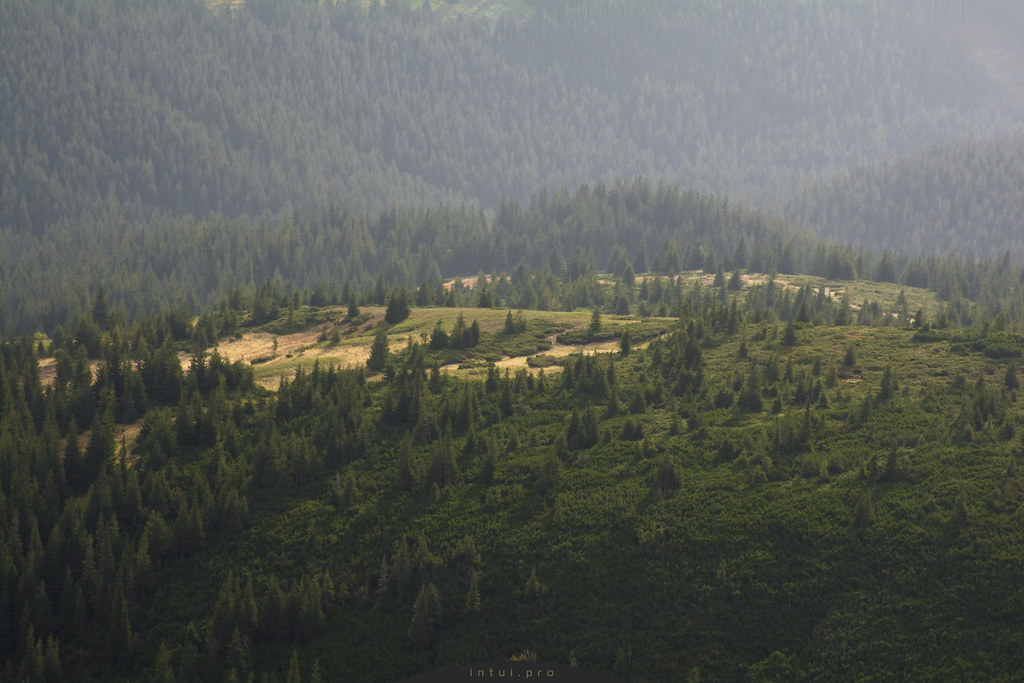
Remote settlements in these eastern European mountains maintain centuries-old traditions of smoking meats and cheeses with juniper and fruit woods in small outdoor smokehouses. Family kitchens produce cinnamon-forward pastries like sernik (cheesecake) and makowiec (poppy seed roll) in wood-fired ovens that heat entire homes.
During Easter celebrations, the ceremonial blessing of baskets filled with spiced breads creates a concentrated cinnamon aroma in village churches already perfumed with incense and beeswax candles.
Sri Lankan Hill Country
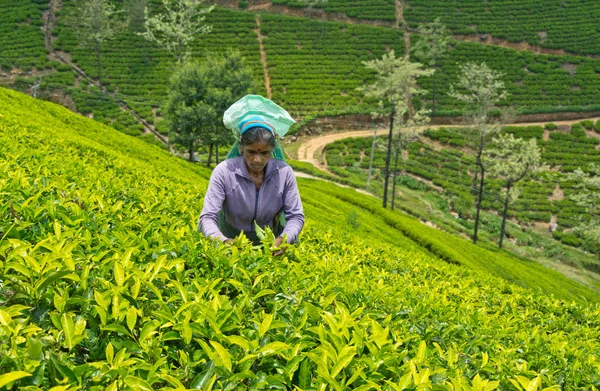
The central highlands of this island nation produce some of the world’s finest cinnamon, harvested by skilled peelers who remove the bark in perfect, unbroken sections. Processing areas fill with the intense aroma of fresh cinnamon, while nearby tea factories use cinnamon wood as fuel for drying freshly picked tea leaves.
The combination creates a distinctive atmosphere unique to these misty mountains, where spice gardens and tea plantations share the perfect growing conditions for both aromatic crops.
Montreal’s Jean-Talon Market
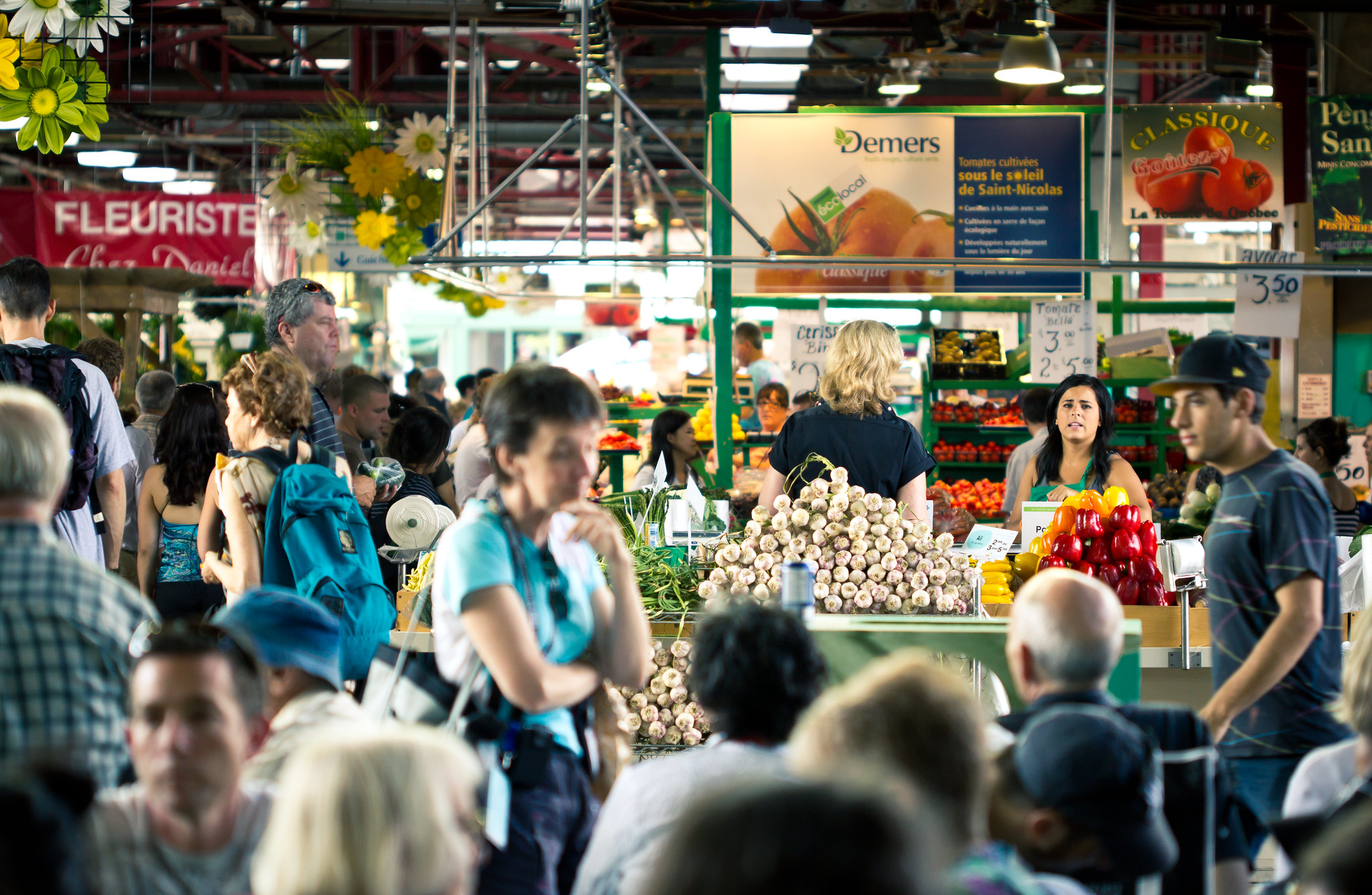
This year-round farmers market intensifies its aromatic profile during maple season, when vendors sell hot maple products dusted with cinnamon from steaming cauldrons. The market’s central fire pit burns apple wood from nearby orchards, the fruity smoke drifting through stalls selling freshly baked cinnamon pastries.
During the coldest months, portable wood stoves called Québécois fouros appear throughout the market, providing warmth for vendors and customers while contributing their distinctive smoke to the sensory experience.
Like Travel Pug’s content? Follow us on MSN.
Røros, Norway
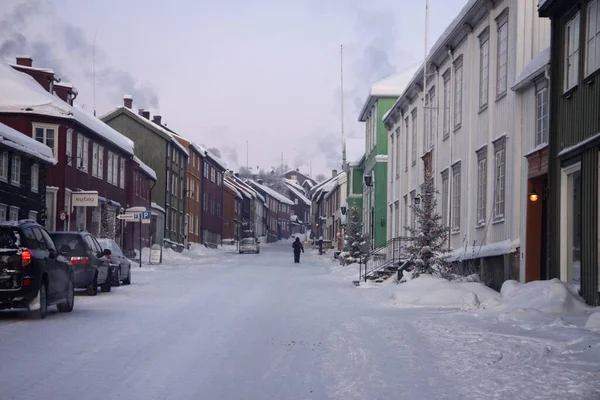
This preserved mining town features perfectly maintained wooden buildings from the 17th and 18th centuries, with nearly every home still using traditional wood-burning stoves through the long northern winter. Local bakeries produce cinnamon-heavy Norwegian specialties like skillingsboller (cinnamon buns) and julekake (Christmas bread) in wood-fired communal ovens that have operated continuously for centuries.
The town’s remote location and consistent traditional practices have preserved an aromatic environment that is increasingly rare in modern Scandinavia.
Rocky Mountain National Park, Colorado
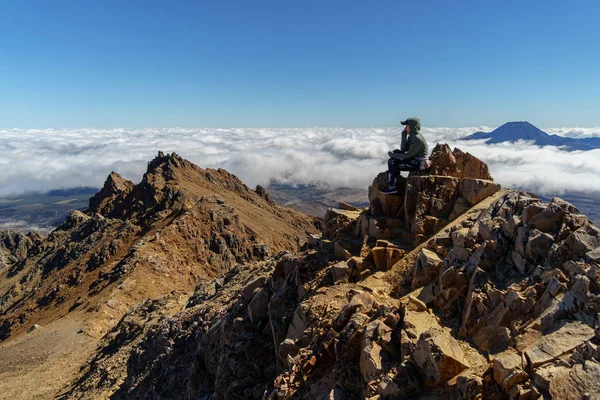
Historic lodges throughout this wilderness area maintain massive stone fireplaces burning pine and aspen harvested through forest management programs. Park traditions include morning cinnamon rolls baked in cast iron over open hearths, their aroma drawing hikers to communal dining rooms before dawn.
During holiday periods, mulling spices simmer in iron pots hung above fireplace embers, filling lobby areas with spicy scents that complement the ever-present woodsmoke from multiple fireplaces.
Zanzibar’s Stone Town
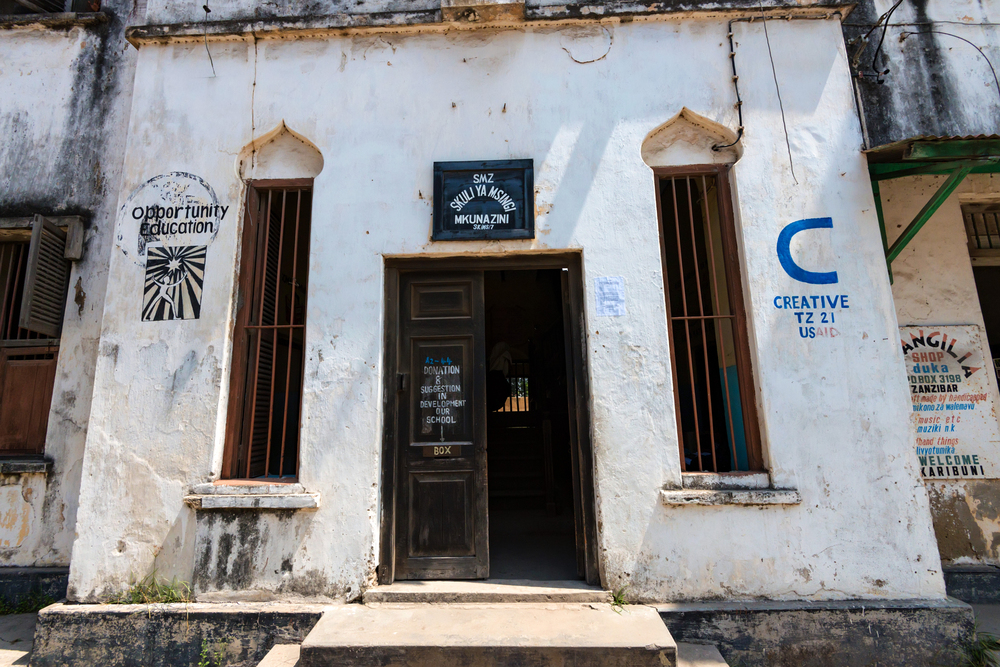
The narrow streets of this ancient trading port remain the epicenter of the spice trade that once dominated the world economy, with open-air cinnamon markets operating much as they have for centuries. Traditional Zanzibari cooking incorporates abundant cinnamon into both sweet and savory dishes, prepared over small charcoal and wood-burning jikos (portable stoves) that line city streets.
The combination of marine air, spice market displays, and cooking fires creates an intoxicating sensory landscape that perfectly captures the island’s multicultural heritage.
Like Travel Pug’s content? Follow us on MSN.
Kerala’s Cardamom Hills
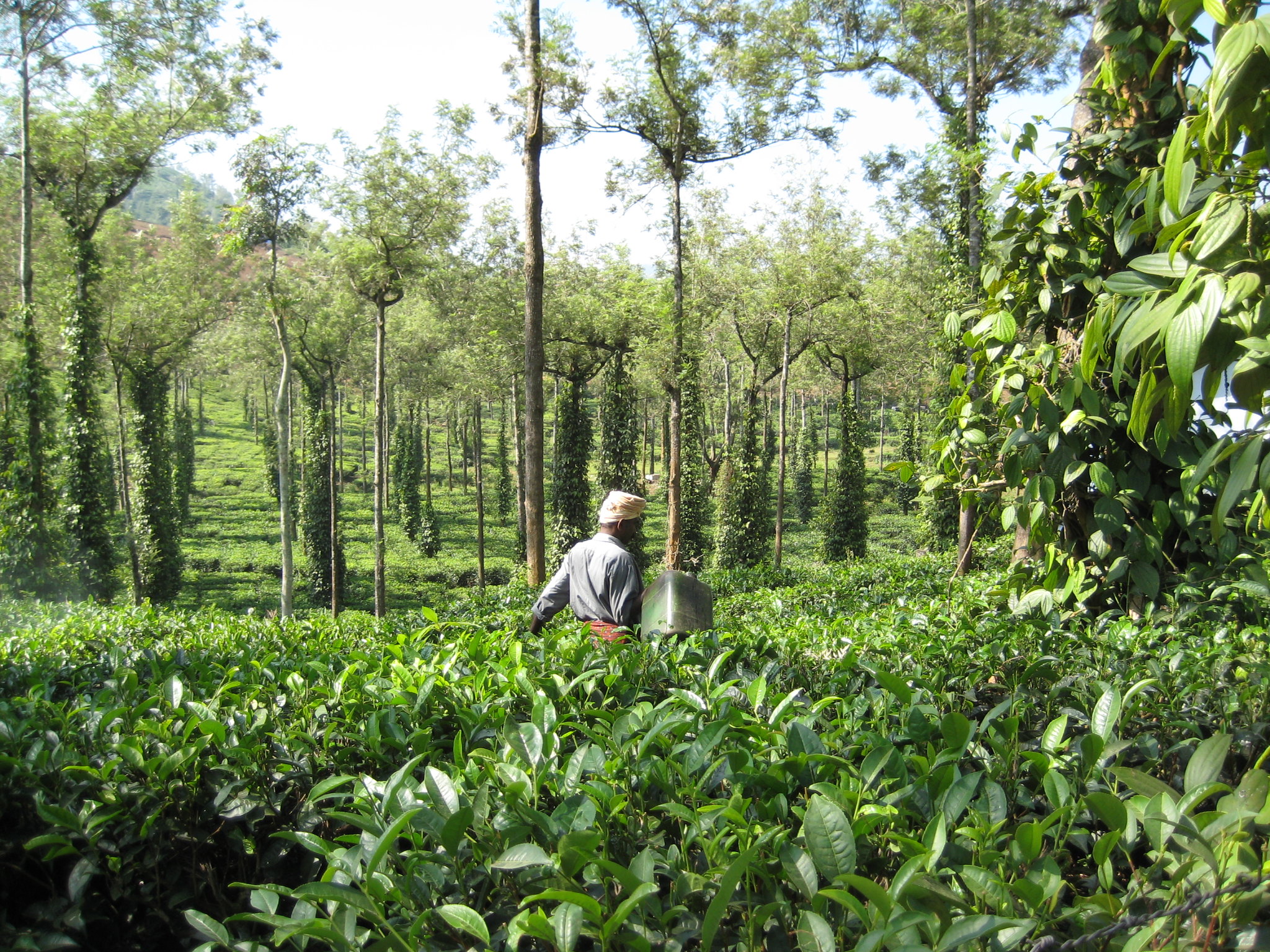
This mountainous region of southern India produces both cinnamon and cardamom in forest-based cultivation systems where spices grow beneath native tree canopies. Traditional spice processing involves drying cinnamon quills over low fires of forest deadwood, creating processing centers perfumed with concentrated cinnamon oil released during the drying process.
Morning mist trapped in the valleys intensifies these aromas, creating pools of spice-scented air that collect in the landscape’s natural contours.
Mexico’s Copper Canyon Settlements
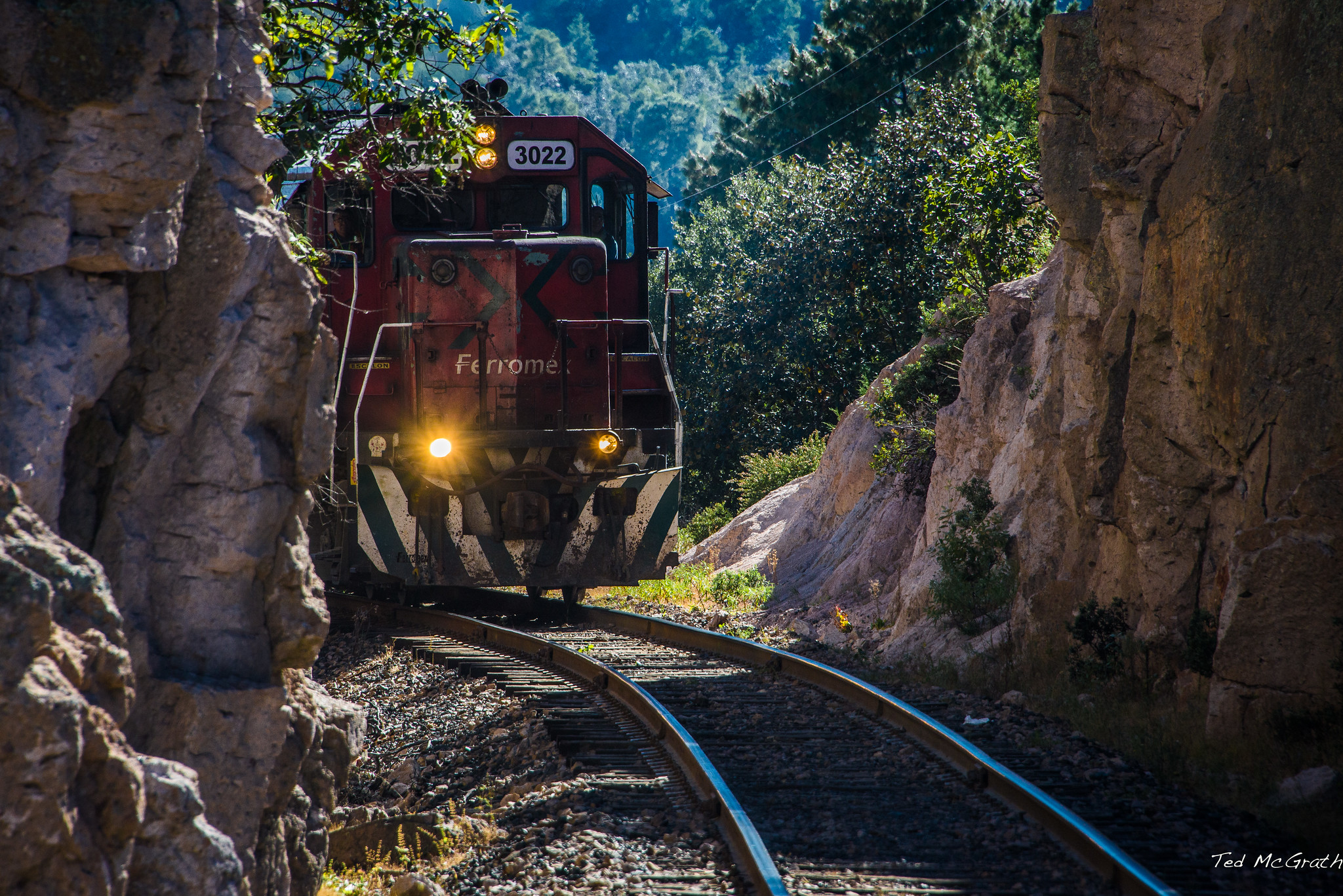
Remote indigenous communities throughout this rugged landscape maintain traditional kitchens centered around hearth fires that burn continuously, fueled by local pine and oak. Regional cuisine features cinnamon-infused chocolate beverages prepared in clay pots nestled directly in the embers. The arid mountain air preserves these aromas longer than in humid environments, allowing the distinctive scent combination to linger in villages perched along canyon edges, especially during morning cooking hours and evening social gatherings.
Fez, Morocco
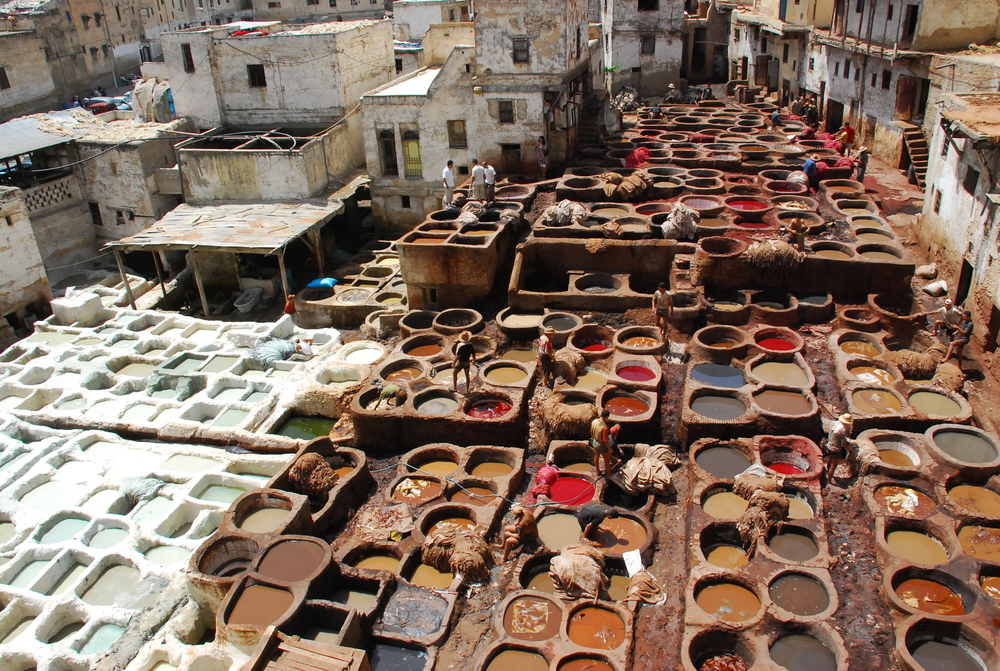
The ancient medina of this imperial city houses a dedicated spice souk where cinnamon vendors compete for attention with elaborate displays and occasional demonstrations of grinding techniques that release intense aromas. Traditional hammams (public bathhouses) throughout the city burn cedar and olive wood to heat water, with many incorporating cinnamon into post-bathing tea services.
During winter evenings, rooftop cafes serve cinnamon-spiced mint tea alongside small braziers of glowing coals, creating intimate scent bubbles above the sprawling medieval city where aromatic woodsmoke mingles with calls to prayer.
Like Travel Pug’s content? Follow us on MSN.
The Olfactory Journey
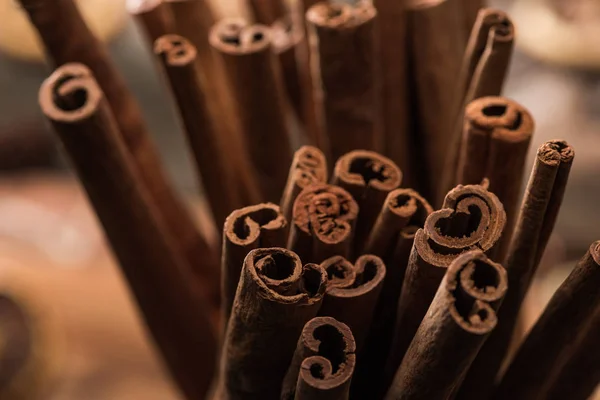
These places demonstrate how signature scents become inextricably linked with location, creating sensory landmarks as recognizable as any visual icon. The combination of cinnamon and firewood—representing both human cultivation and natural abundance—connects cultures across continents through shared appreciation of these complementary aromas.
In a world increasingly dominated by visual stimulation, these olfactory destinations remind us that our most powerful travel memories often arrive through the overlooked doorway of scent, creating emotional connections that persist long after visual details have faded.
More from Travel Pug

- Cities Growing so Fast You Won’t Recognize Them in 10 Years
- 13 Destinations Where Tourists Regularly Regret Their Trip
- 16 U.S. Cities That Are Quietly Becoming Travel Hotspots
- Where to Travel If You Love Long Bus Rides and Daydreams
- 20 Cities Perfect for Solo Travelers Who Crave Adventure & Culture
Like Travel Pug’s content? Follow us on MSN.
